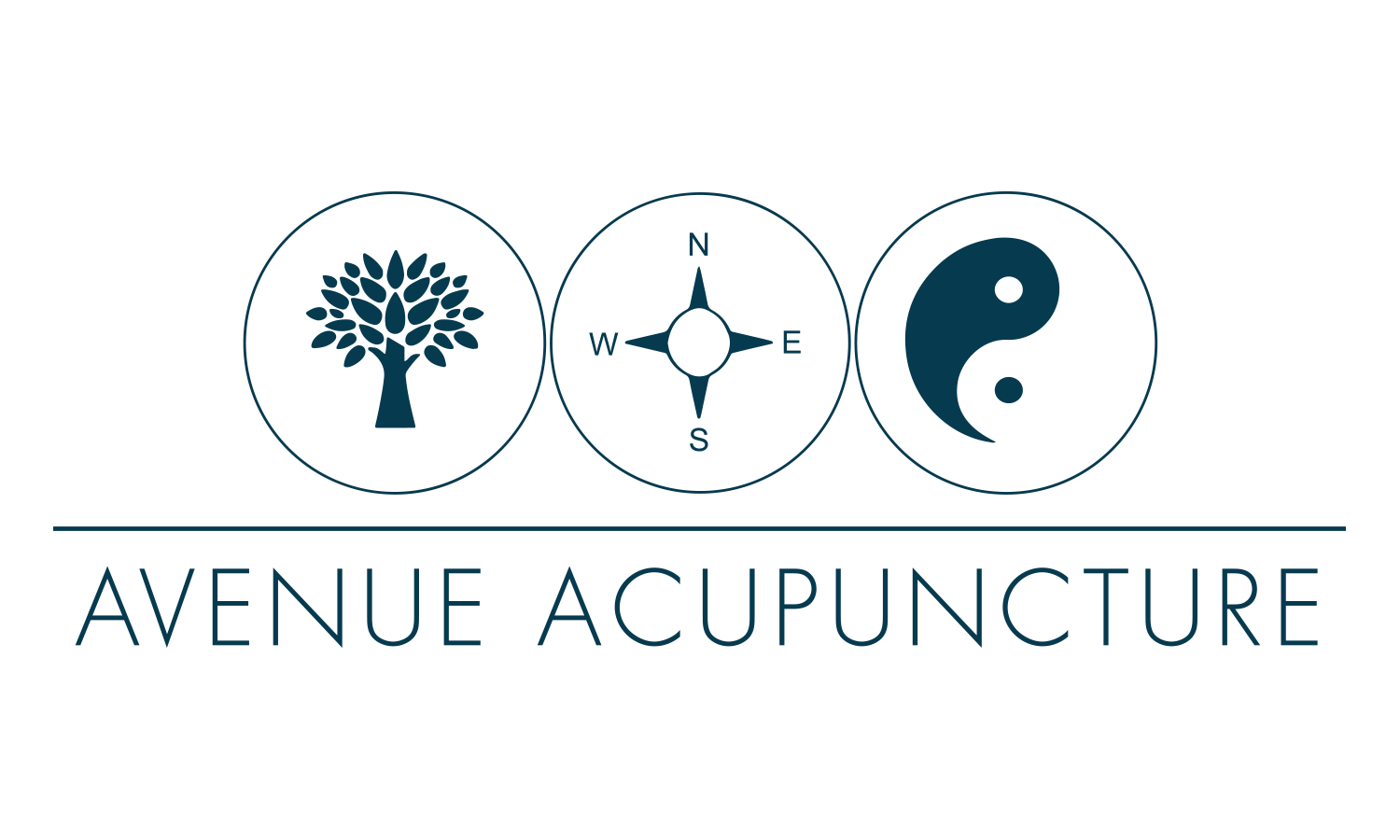What is Traditional Chinese Medicine?
Traditional Chinese Medicine (TCM) is a complete medical system that can be used alone or in conjunction with other medical systems. It has developed out of a long, well documented history that is continuously evolving through research and modern clinical experience. TCM uses five main modalities including acupuncture, Chinese herbal medicine, Chinese medical massage known as 'tui na', eastern dietary therapy, and moxibustion. By integrating these five therapeutic modalities, you will receive a specific treatment catered to your individual needs. A treatment strategy will be created for you based on condition, chronicity, and constitution. TCM theory is based on the premise that imbalances and blockages in the body are contributing factor to disease. A holistic approach by simultaneously promoting well-being and relieving the chief complaint is our primary goal to facilitate a path to healing.
What Does Constitution Mean?
If a substantial amount of people are exposed to the same common cold pathogen, why do only some of them get sick and why does the cold manifest differently for each person? What dictates the slight variations in the cold? From a Chinese Medicine prospective, each patient is treated as an individual because it is thought that each patient has a tendency to different variations of disease. These variations are thought to be predetermined and also influenced by the way we treat our bodies daily.
Given the patient's constitution, disease can be predicted and prevented. This is partially the reason why you don't have to be sick to receive acupuncture and is especially true during season change when the body is most susceptible to disease.
What is Acupuncture?
Acupuncture is the most well-known TCM modality in which thin, single-use, sterile needles are inserted through the skin at various depths to elicit a therapeutic effect. There are more than 365 acupuncture points on the human body. During a treatment, local, adjacent, and distal points will be selected. For example, if there is shoulder pain, it is common to use points on the shoulder (local), arm (adjacent), and distal (leg) to treat this condition. Benefits of acupuncture may include improved sleep, energy and digestion. In general, it may also improve physical, mental, and emotional wellbeing.
A wide variety of acupuncture styles and microsystem may be utilized during treatment. These will be selected based on a variety of factors.
Recent biomedical research suggests that acupuncture can alleviate pain by decreasing inflammation, releasing endorphins, and interrupting pain signals to the brain.


